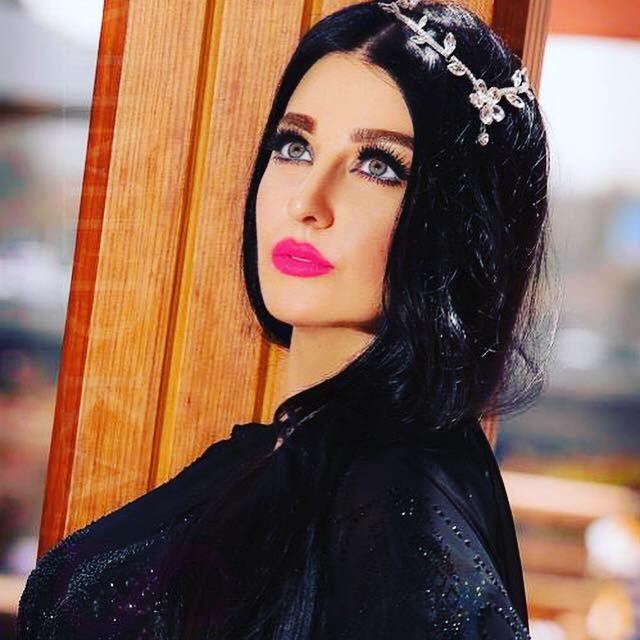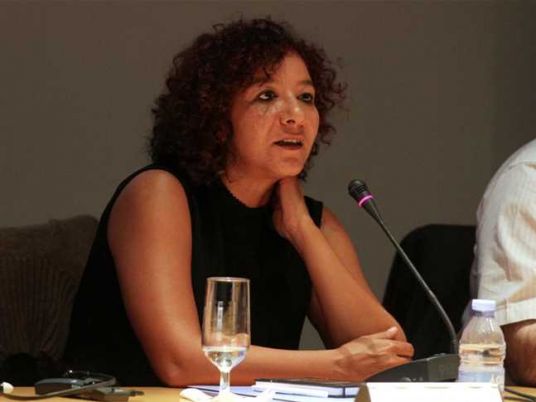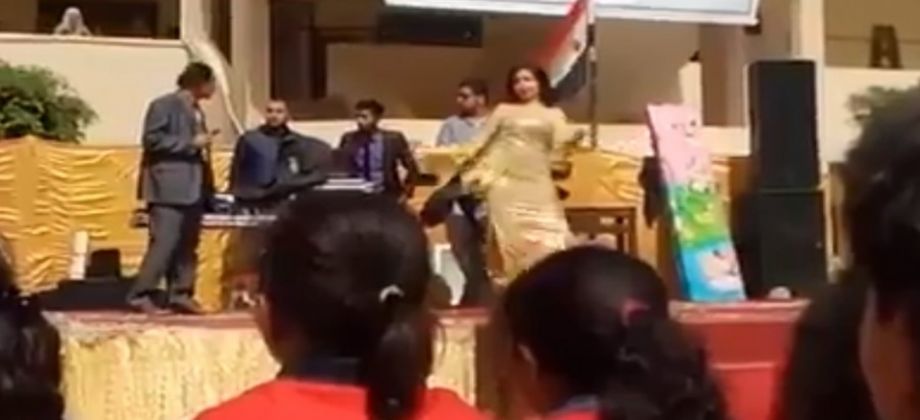At the American University in Cairo (AUC) this week, the Magda al-Nowaihi Graduate Student Award in Gender Studies went to the Master’s thesis written by Noha Roushdy, whose work on belly dance looked at issues of femininity and personhood in the Arab World in a new light.
In her study, titled "Dancing in the Betwixt and Between: Femininity and Embodiment in Egypt," Roushdy wrote about al-raqs al-sharqi as a cultural form through which questions of feminine comportment are examined. She chronicled the festive practice, which is acquired and mimicked by women since early age. Her research included partaking in belly dancing classes; watching the representation of professional belly dancers in Arabic movies; accompanying women into belly dancing holidays out of Cairo; talking to professional dancers and musicians; and attending performances of belly dancing both by professionals and non-professionals.
Growing in the AUC’s social-science circles, the name of Magda al-Nowaihi has been a recurrent one–as a professor, activist and human. An AUC alumnus herself, al-Nowaihi was associate professor of Arabic literature at Columbia University in New York before she passed away in 2002 after a long battle with ovarian cancer. Al-Nowaihi’s works include a literary analysis of Arabic poetry in Islamic Spain, as well as critical writings on construction of masculinity, women’s autobiographies and essays on contemporary Arab novelists. But her reputation transcends the realm of production with professors, writers and students reciting the invaluableness of her personality.
Shortly before she died, al-Nowaihi was working on Survival Zones, a book project on how elegy in classical Arab poetry transforms loss into a state of immortality. “I am especially interested in looking at the conventions of the genre and strategy that confront and attempt to resolve some of the major anxieties and paradoxes of writing about death,” she wrote in her book proposal, excerpts of which were read out by her husband.
“For example, one of the main concerns of rithaa’ (elegy) is to resist the finality of death, and, in particular, the possibility that the dead person would sooner or later be forgotten as if he or she has never lived. Therefore, one of the highest praises that could be given a rithaa’ had to do with its power to bestow a form of immortality on the dead person. But a certain tension exists between this trope of immortality and the rithaa’ to be an essential component of mourning which requires that the poet acknowledges that the deep almost irreparable loss has been sustained. The very process of ordering grief into rithaa’ is a transformation of loss,” she wrote.
While al-Nowaihi did not live to see her book project completed, her notion of the transformation of loss into a process of immortalization is rejuvenated by the award carrying her name and granted to exceptional academic theses that have a gender focus. It is further rejuvenated in the very works that are produced every day to “analyze, question, examine critically …in short to be thinking human beings,” as al-Nowaihi wrote.
Roushdy’s work is a case in point.
“It is interesting to note the parallel between Magda’s opinion on the role of literature and its study to expose rather than censor and label and Noha’s work on situating al-raqs al-baladi (belly dancing) beyond its stereotypical labeling as aoura, futna (sedition) and zina (adultery) to another paradigm where its practice is a vibrant aspect of culture and a valuable window into the margins of the Egyptian society. It is within this frame that Noha’s study goes well beyond reductionist views that practitioners of belly dancing are marginalized women lacking sexual modesty and piety to one that truly reveals the complexity and intricacy of the personification process,” al-Nowaihi’s husband said.
Roushdy’s point of departure was a critique of the prevailing literature by looking for an alternative narrative of being a woman in the Arab World. “I was initially interested in looking at a category of women in Egypt who do not comply with the representational framework that I have grown familiar with from anthropological literature on the Middle East, which I find predominantly concerned with understanding femininity through the paradigms of religion, patriarchy and kinship,” Roushdy said.
In her review of literature, she showcased how femininity was previously explored through instances that negate it, by focusing on beliefs and practices that curb the expression of their sexuality and desires. “I was getting personally frustrated by the negativities of these representations among others…," she wrote. "I believe that we can learn equally as much about culture if we can understand what makes people happy as much as what makes people unhappy.”
Steffen Stelzer, dean of the School of Humanities and Social Sciences, described the thesis as an excellent piece of work, a “whirl of a dance…for blurring and/or dancing the limits and the borders that separate human beings from each other, that separate genders, that separate schools and universities…” He acknowledged Roushdy’s strategic use of al-raqs al-baladi as it “allows us to understand how these distinctions are made… This is what I think the new humanity should be like.”
Roushdy articulated the “moral suspicion” with which professional belly dancers are perceived, excluding them from the “moral center." “I found that a professional performer of al-raqs al-baladi does not have to be uneducated, young, attractive, chubby, from Mohammad Ali Street, involved in sex work to be identified as a dancer, ra’assa in the Egyptian implication of that label,” she said, exposing a stereotype sustained particularly by the media as well as cinematic representations. “All of the dancers I met throughout my fieldwork consistently distanced themselves whether physically or in speech from the community of dancers who apparently conform to that statement. They represented themselves as artists, bearers of turath (cultural heritage), mothers, successful women and only very rarely as ra’assat (dancers).”
But besides focusing on women, she shed light on belly dancing proper, as it reverses what’s expected from women’s behavior or what she called an “aesthetic inversion of the normative comportment expected of women,” and hence as the main drive for marginalization. She departed from there to look at the paradoxical disconnect between professional and unprofessional dancers, with a premise she set up earlier in her thesis—namely, of belly dancing being an embodied part of Arab/Egyptian culture. For one, in Egypt, it doesn’t take long for oriental tunes to play at a wedding party or at a night club for people–both men and women–to soon start dancing along.
Further situating belly dance as an organic parcel of local culture, Roushdy wittingly pointed to details showing how its practice seeks to continuously negotiate its sustainability. For one, she observed the use of the scarf as a call for attention towards the performer. While Western performers of belly dance take the ease of wrapping a scarf around their waist ahead of dancing, it is a less easily and commonly practiced act amongst Egyptians/Arabs.
“Both professional and non-professional performers use their actions and perceptions that they internalized about proper and improper feminine comportment to transmit the message that they want others to receive about them,” Roushdy noted. "The dance offers this medium of expression and women are always aware when they are challenging or sustaining their boundaries."




